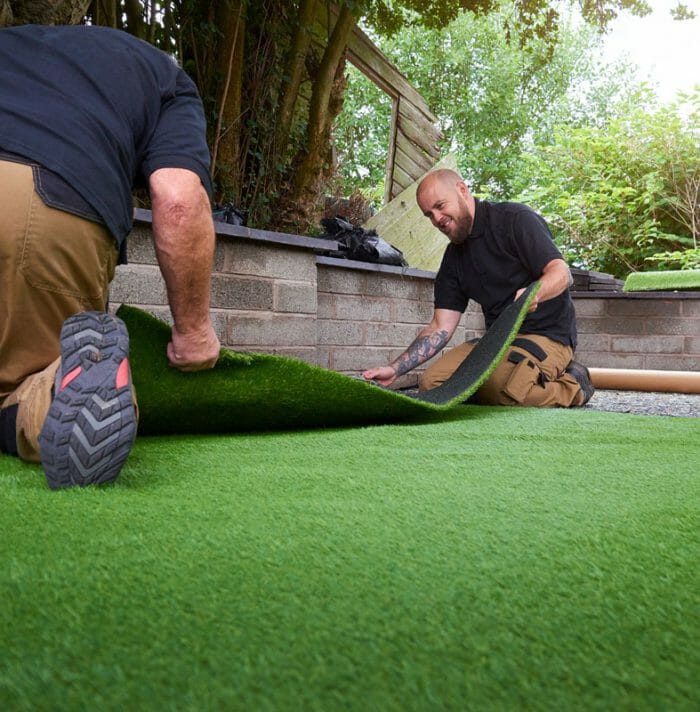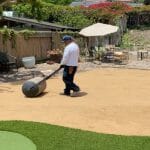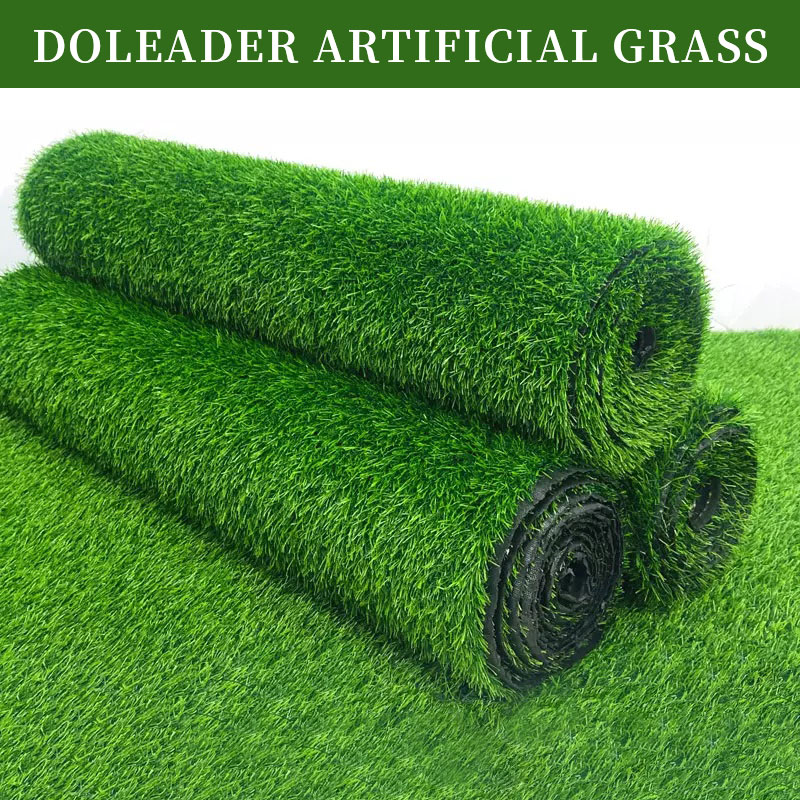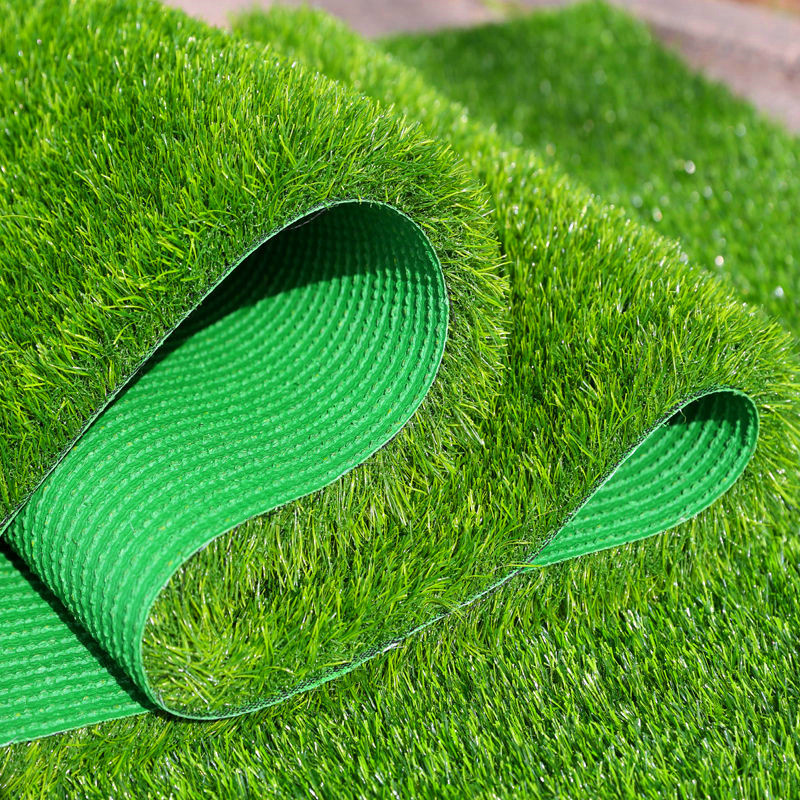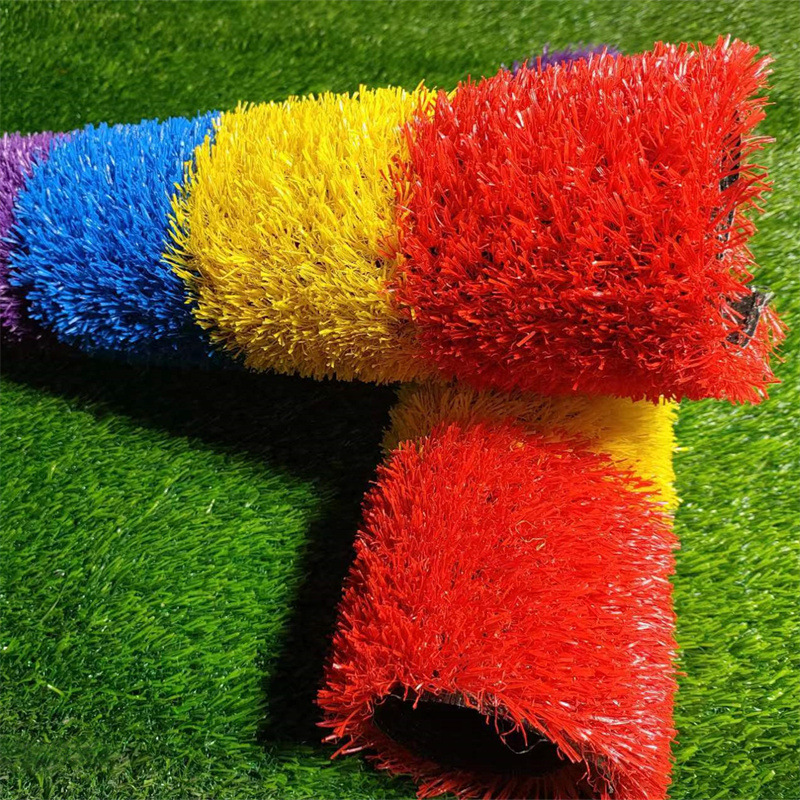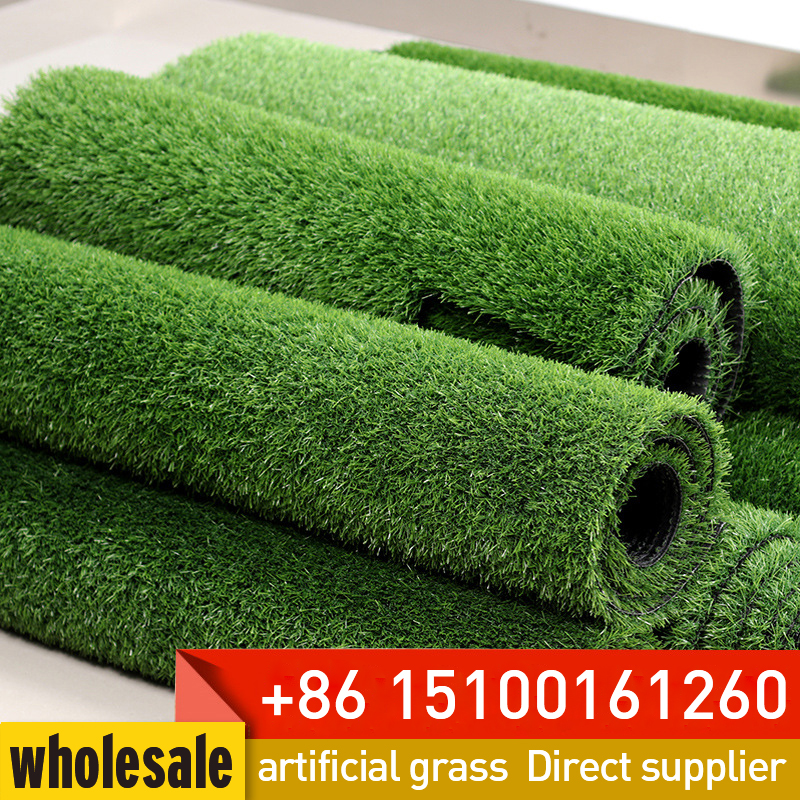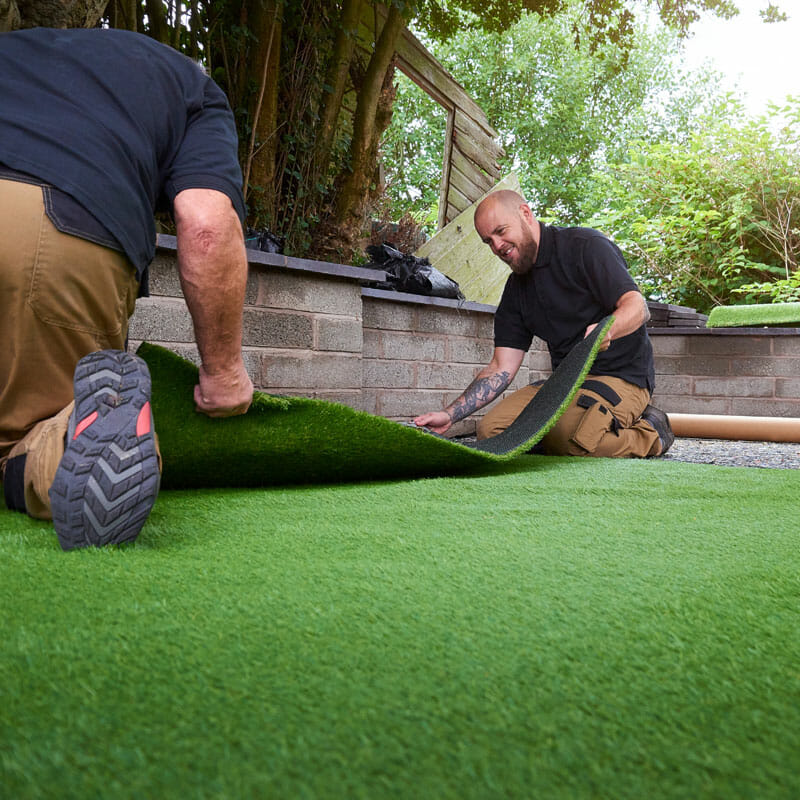
Yes, you can absolutely put artificial grass in your backyard. Installing artificial grass is a great way to transform your outdoor space into a low-maintenance and visually appealing area that you can enjoy all year round. Here’s a step-by-step guide on how to install artificial grass in your backyard:
1. Measure and Prepare the Area:
Start by measuring the area where you want to install the artificial grass. Remove any existing grass, rocks, or debris from the surface. Level the ground and ensure it is compacted and smooth.
2. Install Edging:
Install edging around the perimeter of the area to keep the artificial grass in place. This can be done using flexible plastic or metal edging.
3. Lay a Weed Barrier:
To prevent weed growth, lay a weed barrier fabric over the prepared ground. This will help keep the area under the artificial grass weed-free.
4. Add a Base Material:
Add a base material, such as crushed rock or decomposed granite, and spread it evenly over the weed barrier. Compact the base material using a compactor to create a stable and even surface.
5. Install a Shock Pad (Optional):
If you want additional cushioning, especially for areas where children might play, you can install a shock pad over the base material.
6. Roll Out the Artificial Grass:
Roll out the artificial grass over the prepared area. Make sure the grass blades face the same direction to achieve a natural look. Leave some extra material on the edges to trim later.
7. Trim and Shape:
Trim the artificial grass to fit the area perfectly using a utility knife. Be careful not to cut the grass blades too short. If your backyard has curves or unique shapes, cut the grass to fit accordingly.
8. Join Seams:
If your backyard is larger than the width of the artificial grass rolls, you may need to join multiple pieces together. Use artificial grass seaming tape and adhesive to secure the seams.
9. Secure the Edges:
Secure the edges of the artificial grass to the edging using landscaping spikes or galvanized nails. Space the nails about 6 inches apart along the edges.
10. Infill (Optional):
Infill is a sand or rubber material that you can spread over the artificial grass to provide stability and enhance the grass’s resilience. This step is optional but can improve the performance of the grass.
11. Brush and Water:
Brush the artificial grass blades with a stiff broom to help them stand upright and achieve a more natural look. If needed, lightly hose down the grass to remove any debris and settle the infill material.
Conclusion:
By following these installation steps, you can successfully install artificial grass in your backyard and create a beautiful, low-maintenance outdoor space that you and your family can enjoy for years to come. Remember to choose high-quality artificial grass to ensure a realistic and long-lasting result.


